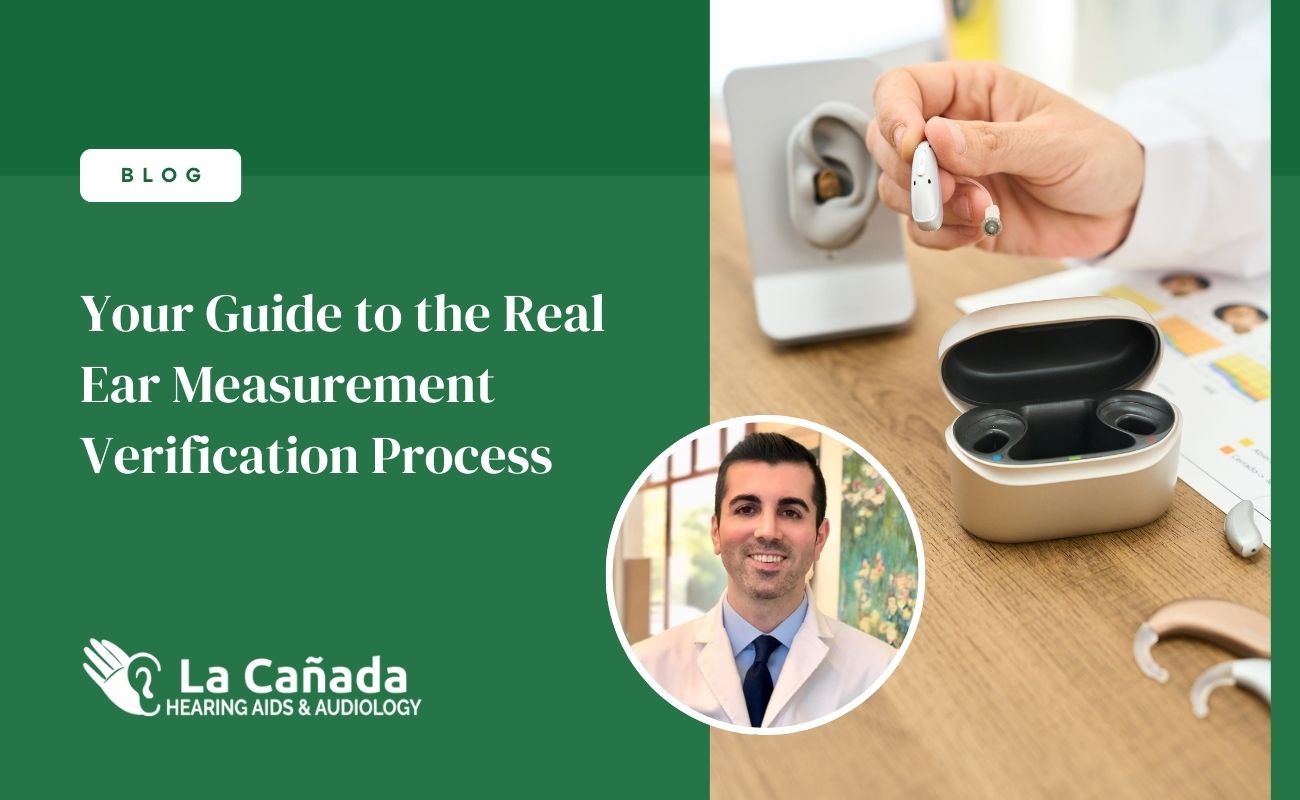Bluetooth technology has revolutionized the way we connect and interact with our devices, and this is especially true for hearing aids. The first Bluetooth hearing aid was released in 2005, but it required users to carry a third device called a streamer to relay the sound. It wasn't until 2014 that the first standalone Bluetooth hearing aid was released.
As Bluetooth technology has improved, so too have the capabilities of Bluetooth hearing aids. Today, users can enjoy a wide range of features and benefits thanks to the power of Bluetooth.
How does Bluetooth work?
Imagine two people standing on opposite sides of a field, each holding one end of a long, invisible string. They can use this string to send messages back and forth to each other just by tugging on it. This is similar to how Bluetooth technology works - devices send signals back and forth over a wireless connection, allowing them to communicate with each other.
In the case of hearing aids, the devices connected via Bluetooth might be a phone, a TV, or a music player. The hearing aids act like one of the people in the field, holding one end of the string and receiving messages from the other device. When the hearing aids receive a message, they translate it into sound waves that the user can hear. This allows users to listen to phone calls, music, or TV shows without using wires or cables to connect their devices.
Five things you can do with Bluetooth hearing aids
1. Enjoy clearer phone calls.
One of the most common features of Bluetooth hearing aids is the ability to make phone calls. With Bluetooth, hearing aid users can easily connect their phones to their hearing aids and make crystal-clear phone calls in both ears without ever having to pick up their phones. This is especially useful for those with difficulty holding a phone to their ear or hearing the person on the other end of the line.
2. Stream your favorite movies and music.
In addition to phone calls, Bluetooth hearing aids allow users to stream music and shows directly to their devices. This means that users can listen to their favorite tunes or catch up on their favorite TV show without fumbling with wires or dealing with poor sound quality. The connection is clear and stable, making it easy to enjoy your favorite audio content.
3. Connect to the audio on your TV.
Another great feature of Bluetooth hearing aids is the ability to connect to the television. This is especially useful for those who have difficulty hearing the audio on their TV, as it allows them to easily adjust the volume and clarity of the sound to suit their needs. With a Bluetooth connection, users can easily connect their hearing aids to their TV and enjoy their favorite shows and movies without difficulty.
4. Control your hearing aid.
One of the most convenient aspects of Bluetooth hearing aids is the ability to make volume and program adjustments via a manufacturer's app. This means that users can easily adjust the settings on their hearing aids to suit their needs without fumbling with buttons or switches. The app is user-friendly and easy to use, making it an excellent tool for those who want to customize their hearing experience.
5. Access Telehealth services.
In addition to volume and program adjustments, many Bluetooth hearing aids offer telehealth adjustments via a manufacturer's app. With telehealth adjustments, users can easily connect with their hearing care professional and get the help they need without ever leaving their homes. Services might include remote consultations, hearing aid reprogramming, and troubleshooting of hearing devices. This is especially useful for those who live in rural areas or who have difficulty getting to the doctor's office.
Have an older hearing aid? You might still be able to connect.
If your hearing aid doesn't have a direct streaming feature, don't worry - there is still a way to connect to Bluetooth devices. Several manufacturers have created a solution called a streamer, a device which allows for a connection between the wireless technology in the hearing aids and any Bluetooth-enabled device.
To use a streamer, you need to pair it with your wireless hearing aids and then pair it with your external device. The streamer can be worn around the neck or placed in a pocket for hands-free operation. Once everything is set up, the streamer will pick up the Bluetooth signal from your phone or other device and send it to your hearing aids via an FM signal or electromagnetic field.
If you are interested in using a streamer to connect your hearing aids to Bluetooth devices, or are ready to make the leap to bluetooth hearing aids, speak to us at La Canada Hearing Aids & Audiology. We will be able to help you choose a device that meets your specific needs.
If you are considering getting hearing treatment, we encourage you to schedule a consultation with our hearing practice and get your hearing tested. Early treatment can help you reconnect with your loved ones and improve your quality of life. Don't wait; take advantage of Bluetooth technology today!


.webp)


.jpg)


